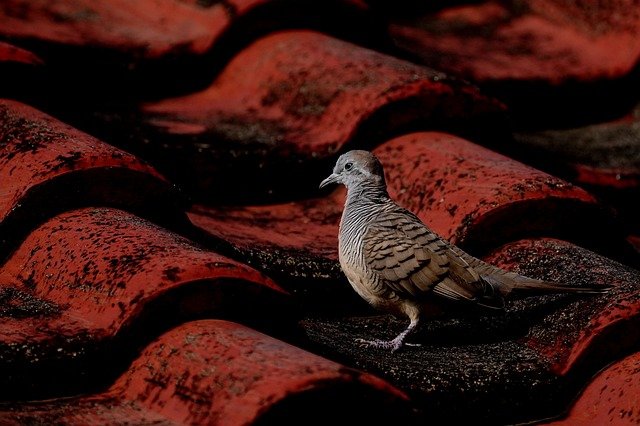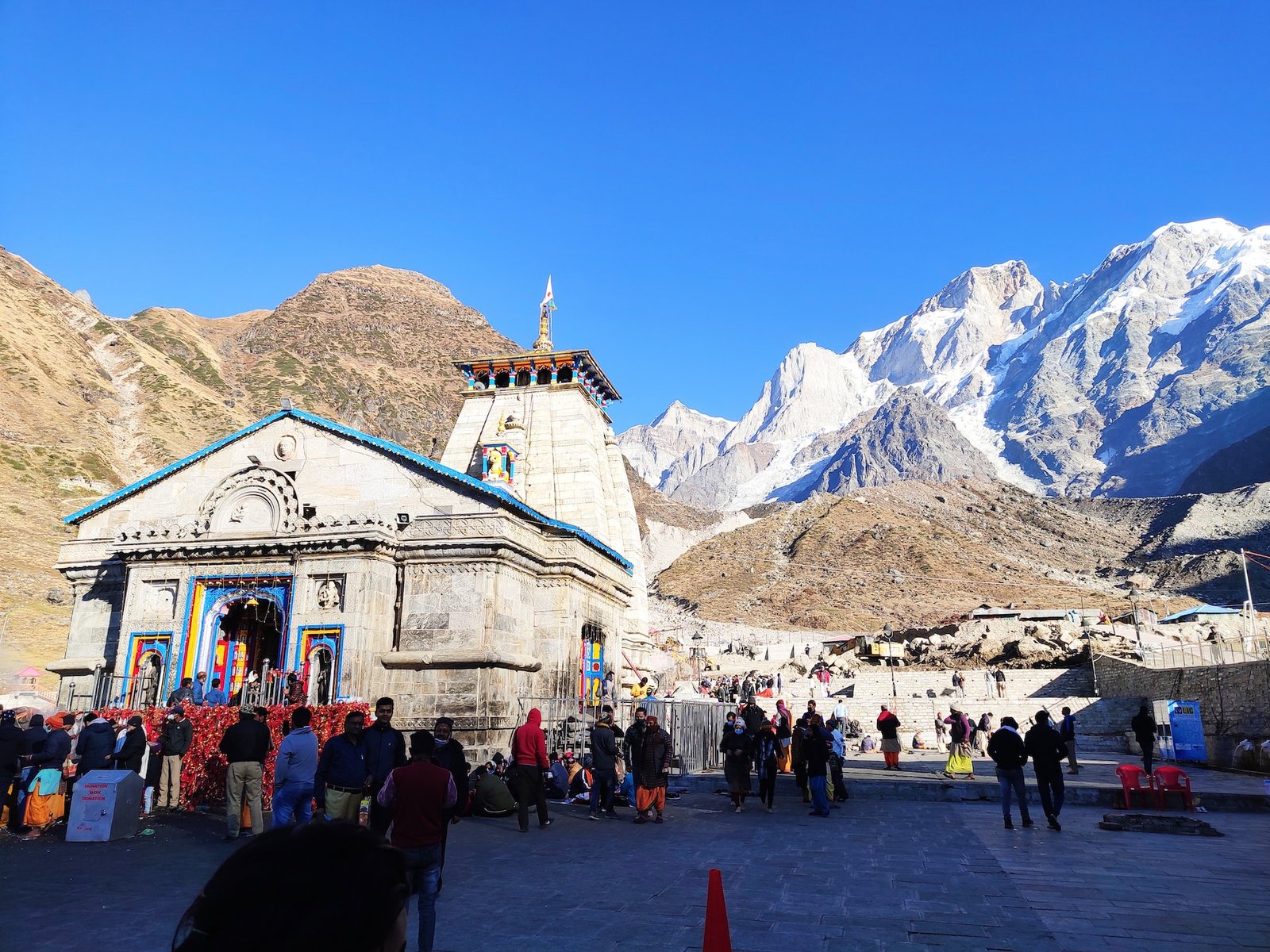Kedarnath Temple is a sacred Hindu temple located in the Rudraprayag district of the northern Indian state of Uttarakhand. It is one of the four holy shrines of Hinduism’s Char Dham Yatra pilgrimage and is dedicated to Lord Shiva. Kedarnath Temple is situated at an altitude of 3,583 meters above sea level on the banks of the Mandakini River in the midst of the majestic Himalayan ranges.
History of Kedarnath Temple
Kedarnath Temple has a rich history dating back to ancient times. According to Hindu mythology, Lord Shiva took refuge at Kedarnath after the Pandavas of the Mahabharata fame sought his blessings. It is believed that the temple was built by the Pandavas themselves. The temple was later revived by the 8th-century Hindu philosopher and theologian, Adi Shankaracharya. The current structure of the temple is believed to have been built in the 19th century by the king of Garhwal. The temple has undergone major renovation and reconstruction works due to damage caused by natural calamities and human negligence.
The architecture of Kedarnath Temple
Kedarnath Temple has unique and beautiful architecture. The temple is built in a North Indian style of temple architecture known as Nagara. The temple has three main sections: the Garbhagriha, the Mandapa, and the outer structures. The Garbhagriha houses the main deity of Lord Shiva, and the Mandapa is a pillared hall that leads to the Garbhagriha. The outer structures of the temple include the assembly hall, the courtyard, and the temple tower. The temple tower is a magnificent structure that stands at a height of 12 meters.
Festivals and rituals at Kedarnath Temple
Kedarnath Temple celebrates several festivals throughout the year. The most important festival celebrated at the temple is Maha Shivaratri, which is celebrated with great fervor and enthusiasm. Other festivals celebrated at the temple include Raksha Bandhan, Krishna Janmashtami, and Diwali. Daily rituals are also performed at the temple, including Abhishekam
I. Introduction
- What is Kedarnath Temple?
- Its religious significance
- Location of the temple
II. History of Kedarnath Temple
- Mythological origins
- Historical accounts
- Major reconstruction works
III. Architecture of Kedarnath Temple
- The Garbhagriha
- The Mandapa
- The outer structures
IV. Festivals and rituals at Kedarnath Temple
- Major festivals celebrated at the temple
- Daily rituals performed at the temple
V. Accommodation and Facilities
- Accommodation options for pilgrims
- Medical facilities
- Food and water facilities
VI. The Kedarnath Trek
- The route to Kedarnath Temple
- The difficulty level of the trek
- Things to keep in mind while trekking
VII. Environmental Concerns
- The 2013 Uttarakhand floods and their impact on the temple
- Measures are taken to protect the temple from future calamities
VIII. Conclusion
- Significance of Kedarnath Temple
- Why people should visit the temple
IX. FAQs
- What is the best time to visit Kedarnath Temple?
- Can one drive to Kedarnath Temple?
- Is there any dress code to enter the temple?
- Can non-Hindus visit Kedarnath Temple?
- What is the significance of the Kedarnath Trek?
Kedarnath Temple: A Spiritual Journey to the Abode of Lord Shiva
Kedarnath Temple is one of the most revered pilgrimage sites in India, located in the Rudraprayag district of Uttarakhand. The temple is dedicated to Lord Shiva and is situated at an altitude of 3,583 meters above sea level. The temple is part of the Char Dham Yatra, which is a pilgrimage circuit consisting of four holy shrines. In this article, we will take a deep dive into the history, significance, and spiritual significance of the Kedarnath Temple.
The History of Kedarnath Temple
The origin of the Kedarnath Temple dates back to the Mahabharata era, where it is believed that the Pandavas built the temple to seek forgiveness from Lord Shiva after the battle of Kurukshetra. According to the legend, the temple was built by the Pandavas on the advice of Lord Krishna, who said that building the temple would absolve them of their sins. However, the current temple is believed to have been built by Adi Shankaracharya in the 8th century CE.
The Significance of Kedarnath Temple
Kedarnath Temple is one of the twelve Jyotirlingas, which are considered to be the most sacred abodes of Lord Shiva. The temple is also one of the four major shrines of the Char Dham Yatra, which is considered to be a journey of self-discovery and spiritual awakening. The temple is situated amidst the majestic Himalayan peaks, which makes the journey to Kedarnath Temple a truly enchanting experience.
The Spiritual Significance of Kedarnath Temple
Kedarnath Temple is not just a place of worship but also a place of spiritual significance. The journey to Kedarnath Temple is believed to be a journey of self-discovery and spiritual awakening. The serene and tranquil surroundings of the temple make it an ideal place for meditation and introspection. The sound of the holy chants and the breathtaking views of the Himalayas make the journey to Kedarnath Temple a truly spiritual experience.
How to Reach Kedarnath Temple
Kedarnath Temple can be reached via road, rail, and air. The nearest airport is Jolly Grant Airport in Dehradun, which is 238 km from the temple. The nearest railway station is Rishikesh, which is 216 km from the temple. From here, one can take a bus or taxi to reach Gaurikund, which is the base camp for the trek to Kedarnath Temple.
The Trek to Kedarnath Temple
The trek to Kedarnath Temple is considered to be one of the toughest treks in India. The trek starts from Gaurikund, which is at an altitude of 1,942 meters above sea level. The trek is 14 km long and takes around 6-7 hours to complete. The trek passes through beautiful valleys, waterfalls, and dense forests of pine and deodar trees. The last 2 km of the trek is a steep climb, which requires a lot of physical strength and endurance.
The Best Time to Visit Kedarnath Temple
The best time to visit Kedarnath Temple is from May to June and September to October. During this time, the weather is pleasant, and the trek to the temple is relatively easy. The temple remains closed during the winter months due to heavy snowfall.
Accommodation Options Near Kedarnath Temple
There are several accommodation options available near Kedarnath Temple. These include guesthouses, Dharamshala, and tents. However, it is
Internal link – atzworld










